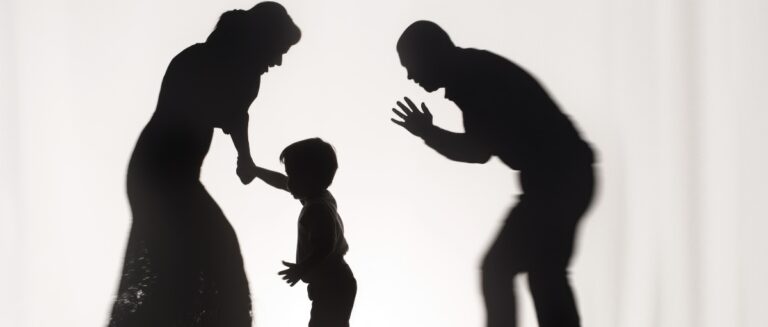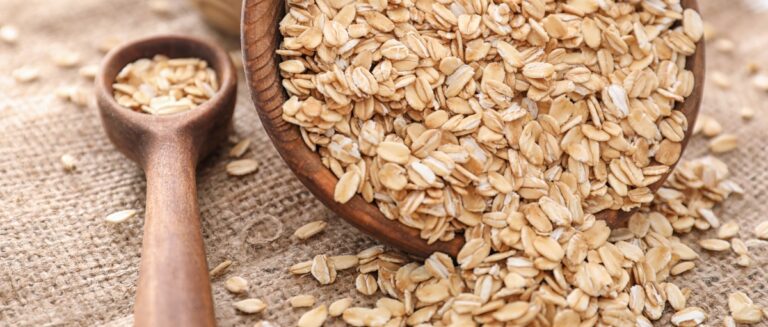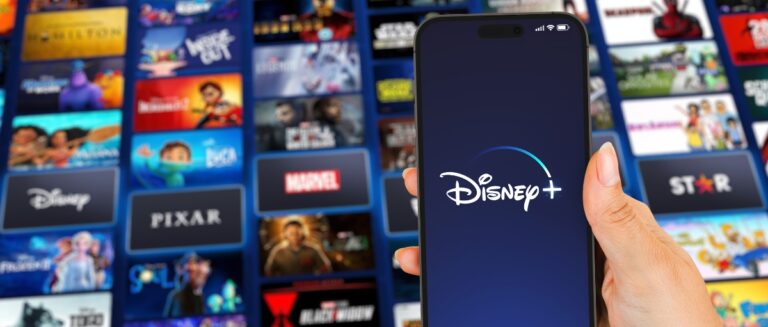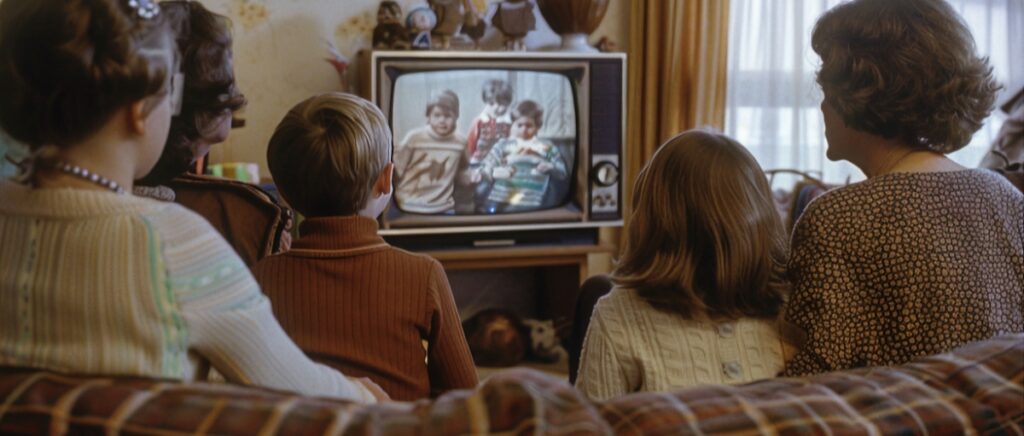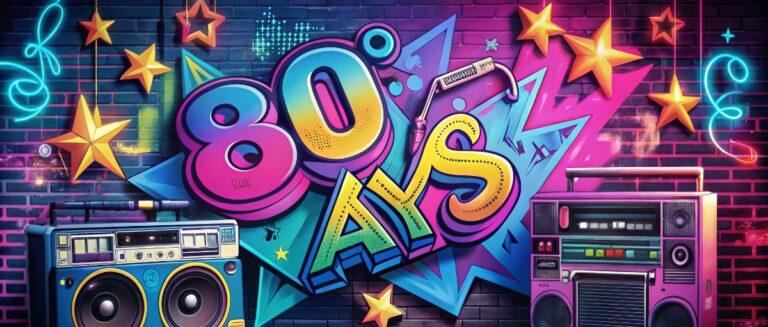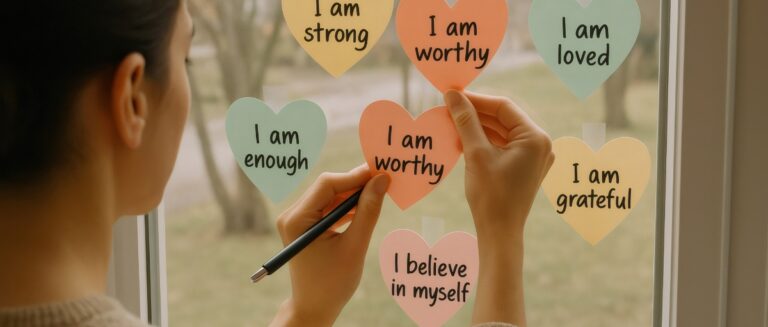What’s the first thing that comes to mind when you hear “I’d like to buy the world a Coke”? Or “My bologna has a first name, it’s O-S-C-A-R”? You can instantly recall the melody and lyrics, even if you haven’t heard these jingles in years.
That’s the power of a well-crafted advertising jingle.
83% of the participants remembered seeing an advertisement for a specific product when they were given a 10-second musical cue, while only 62% recalled it when given a verbal cue. This suggests that the combination of music, lyrics, and brand messaging has a strong impact on our memory retention.
In 2021, a survey of 735 Americans revealed that “Nationwide is on your side” was the most recognized jingle, acknowledged by 92.6% of respondents. It was closely followed by McDonald’s “Ba-da-ba-ba-baaa… I’m lovin’ it” and the canyon-crossing cry of “Ricola!”
In this article, we’ll explore iconic advertising jingles from the past century and discuss what makes them memorable. We’ll also hear from industry experts about crafting the perfect jingle. So, sit back, hum along, and dive into the fascinating world of commercial jingles.
What Makes a Jingle Memorable?
The first-ever radio commercial jingle was for Wheaties and aired on Christmas Eve 1926. A barbershop quartet was hired to single a jingle called “Have You Tried Wheaties?” Catchy, right?
What has made old commercial jingles so memorable for almost 100 years? Why do some jingles burrow into your brain and stay there for years while others barely register?
It’s not just catchy music or clever wordplay—the most memorable jingle ads share a few key characteristics:
- Simplicity: The best jingles are short, sweet, and to the point. They typically feature a simple melody, a few memorable lyrics, and the product or brand name front and center. Think “Nationwide is on your side” or “Like a good neighbor, State Farm is there.” Brief and instantly recognizable.
- Repetition: Jingles work by repetition, drilling the brand message into your subconscious. Many famous jingles repeat the product name multiple times, making it impossible to forget. “Gimme a break, gimme a break, break me off a piece of that Kit Kat bar!”
- Emotional resonance: The best jingles aren’t just catchy—they also tap into relatable experiences or aspirations. For example, Coca-Cola’s “I’d Like to Teach the World to Sing” ad didn’t just showcase the product—it painted a picture of global harmony and togetherness. Jingles that evoke nostalgia, humor, or strikes an emotional chord stick with us.
- Linkage to the brand: A jingle is only effective if it’s inextricably linked to the product it’s promoting. The most successful jingles manage to make the brand an integral part of the lyrics, as in “My bologna has a first name, it’s O-S-C-A-R” or “Double your pleasure, double your fun with Doublemint gum!”
Interestingly, many catchiest jingles were created in an era before focus groups and extensive market testing. Advertisers went with their gut and sometimes struck gold with simple, silly, but unforgettable earworms.
Jingle Beginnings: Radio Days
The first jingles date back to the early days of commercial radio in the 1920s and 1930s. At the time, advertisers were just experimenting with using short, catchy songs to promote their products. Some early examples include:
- “Have You Tried Wheaties?” (1926)—One of the first successful jingles, this tune helped make Wheaties a household name.
- “Pepsi-Cola Hits the Spot” (1939)—This jingle used a catchy rhyme to differentiate Pepsi from its rival Coca-Cola.
The TV Era: Jingles Hit Their Stride
When television exploded in popularity in the 1950s, jingles really came into their own as a crucial advertising tool. With the added visual element, advertisers could create mini-stories and memorable characters to accompany their catchy tunes. Classic TV jingles from this era include:
- “See the USA in Your Chevrolet” (1950s)
- “Mr. Clean” (1958)
- “Plop, Plop, Fizz, Fizz” for Alka-Seltzer (1950s)
The 1960s and 1970s are often considered the golden age of catchy jingles, with many of the most iconic and enduring examples from this period. It’s been suggested that approximately 80% of all television commercials featured music during this time.
Memorable jingles like “You Deserve a Break Today” (McDonald’s, 1971) and “I Wish I Were an Oscar Mayer Wiener” (1965) became part of the cultural fabric.
Jingles Start to Fade
By the 1980s and 1990s, advertisers started to move away from traditional jingles in favor of using licensed pop songs or more subtle background music. Several factors contributed to this shift:
- Rising costs of commissioning original jingle compositions
- Fragmentation of media and ad platforms
- Advertisers wanting to seem more sophisticated and less “hard sell”
- Shorter ad spots that didn’t leave room for full jingles
While jingles always remained, they became less ubiquitous and more of a nostalgic novelty by the early 2000s. But even as the commercial landscape changed, the most powerful jingles remained lodged in the public consciousness. In the next section, we’ll look at some of the most enduringly popular jingles ever.
The Most Memorable Jingles, Decade by Decade
Certain jingles have stood the test of time, remaining popular and recognizable for generations. Here are some of the most iconic jingles from each decade:
1950s
- “See the USA in Your Chevrolet” (Chevrolet)
- “Mmm Mmm Good!” (Campbell’s Soup)
1960s
- “Things Go Better with Coke” (Coca-Cola)
- “Double Your Pleasure, Double Your Fun” (Doublemint Gum)
1970s
- “I’d Like to Teach the World to Sing” (Coca-Cola)
- “Be All That You Can Be” (U.S. Army)
1980s
- “Like a good neighbor, State Farm is there” (State Farm Insurance)
- “Give me a break, give me a break” (Kit Kat)
1990s
- “I’m Lovin’ It” (McDonald’s)
- “Meow meow meow meow” (Meow Mix)
These are just a handful of the many jingles that have earned a permanent place in advertising history—and in our collective memories.
The Recipe for Jingle Success
So, what goes into making a great jingle? While there’s no exact formula, successful jingles tend to share a few key ingredients:
- Simplicity: Catchy jingles should be short, uncomplicated melodies with easy-to-remember lyrics and plain, conversational language.
- Repetition: Memorable lines favor frequent repetition of key phrases or brand names, designed to “stick” in your head after a few listens.
- Catchiness: Your favorite jingles likely utilize rhyme, alliteration, and other wordplay, feature upbeat, hummable melodies, and have a memorable “hook” that grabs attention.
- Emotional Appeal: You remember what you feel. Effective advertising jingles evoke positive feelings or associations, tap into shared experiences or aspirations, and make the brand feel relatable and relevant.
By carefully combining these elements, old commercial jingles create an almost instant bond between the listener and the brand. Even years later, hearing just a few notes of a jingle can bring all those positive associations flooding back.
Still Stuck in Your Head After All These Years
The heyday of advertising jingles may seem to have passed, but their power endures. Classic jingles still resonate with nostalgia, and their simplicity, catchiness, and emotional resonance remain effective in today’s digital world.
Jingles create a lasting emotional connection, serving as audio time capsules that evoke powerful memories long after the commercial ends.
So the next time you find yourself absently humming “Sometimes You Feel Like a Nut,” take a moment to appreciate the lasting impact of the humble, but catchy, jingle.
These simple, snappy tunes have become an indelible part of our cultural landscape—and, if history is any guide, they’ll likely be stuck in our heads for many years to come.
Sources
Red Hot Jingles. (n.d.). Research on the effectiveness of advertising jingles. Red Hot Jingles. https://redhotjingles.com/research-effectiveness-advertising-jingles-research-effectiveness-advertising-jingles/
Mix 94.9. (n.d.). Minnesotans think these are the most memorable ad jingles ever. Mix 94.9. https://mix949.com/minnesotans-think-these-are-the-most-memorable-ad-jingles-ever/
General Mills. (2016). What Wheaties did to jumpstart our cereal success. General Mills. https://www.generalmills.com/news/stories/what-wheaties-did-to-jumpstart-our-cereal-success
The Jingle Writer. (n.d.). The history of jingles in advertising. The Jingle Writer. https://thejinglewriter.com/the-history-of-jingles-in-advertising/

